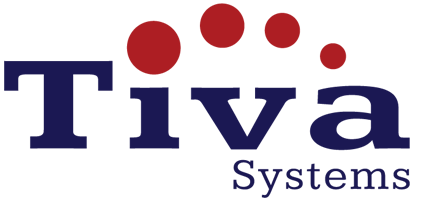KANBAN
The Kanban Methodology
Kanban is a prominent structure utilized by software groups leveraging years of agile software advancement. It is hugely popular among today’s agile software development groups; however, the Kanban technique of work goes back over 50 years.
In the late 1940s, Toyota started streamlining its designing procedures in light of a similar model that stores were utilizing to stock their racks. Grocery stores stock simply enough item to take care of purchaser demand, a practice that streamlines the stream between the general store and the buyer. Since stock levels coordinate utilization designs, the general store increases huge productivity in stock administration by diminishing the measure of overabundance stock it must hold at any given group. In the mean time, the market can guarantee that the given item a purchaser needs is dependably in stock.
At the point when Toyota connected this same framework to its production line floors, the objective was to better adjust their gigantic stock levels with the real utilization of materials. To convey limit levels continuously on the industrial facility floor (and to providers), laborers would pass a card, or “Kanban”, between groups. At the point when a canister of materials being utilized on the generation line was exhausted, a Kanban was passed to the stockroom portraying what material was required, the correct measure of this material, etc. The distribution center would have another receptacle of this material holding up, which they would then send to the industrial facility floor, and thus send their own Kanban to the provider. The provider would likewise have a container of this specific material holding up, which it would ship to the stockroom. While the flagging innovation of this procedure has developed since the 1940s, this same “Just in Time” (or JIT) fabricating procedure is still at the heart of it.
REQUEST MORE INFORMATION
Kanban for software teams
Agile programming improvement groups today can use these same JIT standards by coordinating the measure of work in advance (WIP) to the group’s ability. This gives groups more adaptable choices, speedier yield, clearer center and straightforwardness all through the improvement cycle.
While the center standards of the system are ageless and material to any industry, software development groups have discovered specific accomplishment with Kanban agile practice. To a limited extent, this is on the grounds that product groups can start rehearsing with almost no overhead once they comprehend the fundamental standards. Dissimilar to actualizing Kanban on a manufacturing plant floor, which would include changes to physical procedures and the expansion of considerable materials, the main physical things a product groups need are a board and cards, and yet those can be implicit.

Kanban boards
The effort of all Kanban groups spins around a Kanban board, an instrument used to picture work and enhance the stream of the work among the group. While physical sheets are popular among a few groups, virtual sheets are important favored by most groups as they allow smooth traceability, simpler cooperation and availability from various areas.
Notwithstanding whether a group’s board is physical or virtual, their role is to guarantee the cooperation is pictured, their work process is institutionalized, and all blockers and conditions are promptly distinguished and settled. An essential Kanban board has a three-stage work process: To Do, In Progress, and Done. Be that as it may, contingent upon a group’s size, structure, and targets, the work process can be mapped to meet the interesting procedure of a specific group.
The Kanban strategy depends upon full straightforwardness of work and ongoing correspondence of scope, subsequently the Kanban board ought to be viewed as the single wellspring of truth for the cooperation.
Kanban cards
In Japanese, Kanban actually means a “visual signal.” For Kanban groups, each work thing is spoken to as a different card on the board.
The primary reason for showing work as a card on the Kanban board is to permit colleagues to track the advance of work through its work process in an exceptionally visual way. Kanban cards highlight basic data about that specific work thing, giving the whole group full visibility into who is in charge of that thing of work, a concise portrayal of the work being done, to what extent that bit of work is evaluated to take, etc. Cards on virtual Kanban sheets will regularly likewise highlight screenshots and other specialized points of interest that is significant to the trustee. Permitting colleagues to see the condition of each work thing at any given point in time, and the greater part of the related subtle elements, guarantees expanded concentration, full traceability, and quick recognizable proof of blockers and conditions.
The benefits of kanban
Kanban is a standout among the most mainstream programming advancement systems received by agile groups today. Kanban offers a few extra favorable circumstances to errand arranging and throughput for groups of all sizes.
Planning flexibility | Shortened cycle times | Fewer bottlenecks | Visual metrics | Continuous delivery
